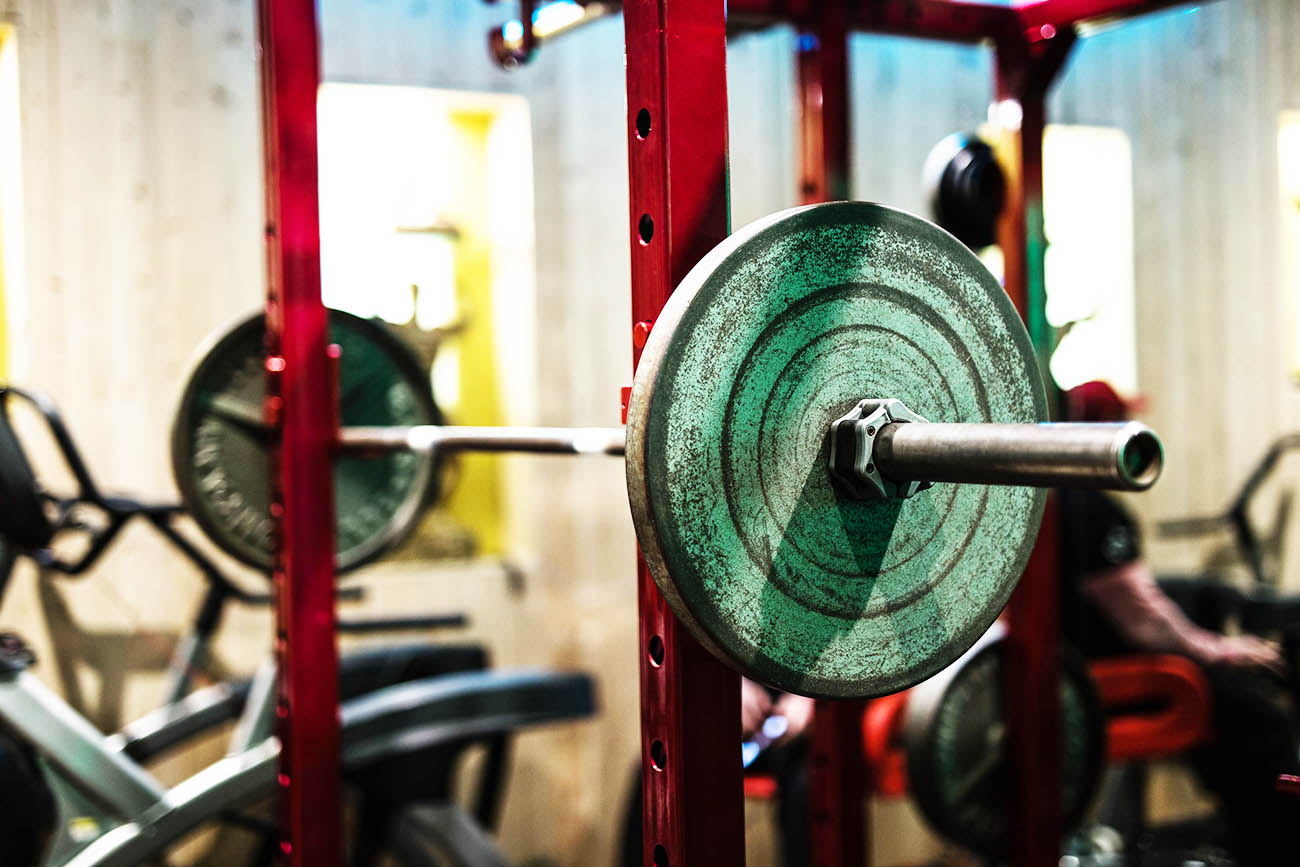For years squatting mostly just hurt my knees and back. But I kept experimenting and found one major change permitted a deep squat with no knee or back pain.

Natural movement
Squatting is a fundamental human motion, so you’d think we’d instinctively get it right. But when loaded with a barbell, the squat requires technical skill. It’s particularly awkward for those like me who have torso and limb proportions not well-suited to the exercise.
People new to squatting will probably have excessive forward lean, caved chest and knees, and a rounded lumbar spine, guaranteeing eventual injury.
That’s how I did them for years. Not that they were a regular part of my program—I mostly concluded that I wasn’t made to do them because they always gave me injuries.
However, at a certain point I became obsessed with finding a method to turn squats into a productive strength and muscle builder instead of joint-destroying disaster.
The difference-maker: hips not legs
The change that made the most difference was to think of squats as a hip exercise instead of a leg one.
Squats seem obviously to be a leg movement, but for me thinking of them like that lead to over-reliance on the quadriceps, pressing through the toes, knee misalignment, and too much lower back involvement.
Instead, mentally reframing squats as a hip exercise reversed these problems. It engaged and emphasized the underused glutes, which cleaned up my form automatically, and drastically minimized injury risk.
This change in approach was a big emphasis shift, and meant stripping a lot of weight off to relearn form.
Form cue
Here’s a simple cue to focus the training stress in the right place: think of your torso descending between your legs instead of on top of the quads.
This will probably require a stance of at least shoulder width. For me, any narrower makes my back round and my knees hurt, regardless of how much I try to use my hips.
If you’re built like I am, this change might be all you need to make.
Other tweaks to play with
High and low-bar
Back squats can be broken down into two forms: high-bar and low-bar. This refers to bar placement, high being set in the middle of the upper trapezius, and low being a few inches down at its origin.
A low-bar squat normally implies a wide-stance powerlifting style involving a fair bit of forward torso lean, while high-bar is closer stance with a more upright torso.
I settled on a hybrid between the styles—bar in the low position, but shoulder-width stance. It’s just what ended up being most comfortable.
Heel elevation
This can be achieved with small weight plates or a purpose-built wedge beneath the heels, or with olympic lifting shoes.
Heel elevation is used to provide a different stimulus, or overcome limitations in mobility (dorsiflexion in particular). Many people swear by it, so it’s worth experimenting with. Personally I find my knees don’t like it, plus I have a lot of dorsiflexion anyway.
Limiting range of motion
Arguably, full range squats are best for muscle growth. However, many people have built huge legs never going lower than thighs parallel with the ground. And if you can’t find a safe way to squat butt-to-heels, it makes no sense to keep doing it.
For years not squatting butt-to-heels struck me as unsatisfying, like cheating somehow, so I persisted in finding a way to do them. Now, though, I stop a tad beneath parallel. I can technically get butt to heels, but it’s still awkward.
Squat basics
Tweaking your form won’t help if you don’t have the basics down, so they’re worth mentioning.
- Position the bar comfortably on the upper trapezius or just below. To generate upper back tightness, the hands should grip tight, positioned as close to the shoulders as possible (short of causing pain).
- Stance width and foot angle is a matter of experimenting and finding what feels best and where you’re strongest.
- As with any compound life, core should be braced and tight with neutral spine and pelvis, lower back neither rounded nor excessively arched.
- Knees should track in line with foot angle.
- Inhale as you descend, and hold breath or exhale slowly as you push upwards. Alternatively, take a big breath before moving and hold it for the whole rep, breathing out and in again before the next one. The extra intra-abdominal pressure provides a cushion that can help get more work done. (Good for lifting the most weight, but I’m not sure it makes much difference for muscle growth.)
Mobility
Adequate hip mobility is a must for healthy squatting, especially to go deep. Mine was initially far from adequate, which exacerbated my lower back problems for years. I have another article specifically about fixing up my sore back and improving my hip mobility.
Forward knee travel
There’s a widespread idea that your knees should never come further forward than your toes when you squat. Apparently this will cut down on potentially damaging forces and keep your knees safe.
But the fact is your knees simply go where they go when you squat—it’s 95% determined by your proportions and limb lengths.
You can slightly limit forward knee travel by using more of a hips-back, powerlifting style. However, that results in more torso lean and emphasis on the lower back (which for me doesn’t feel right).
In short, knee travel is mostly out of our control and shouldn’t be much of a consideration. Further, it’s a myth that knee travel beyond toes is dangerous.
